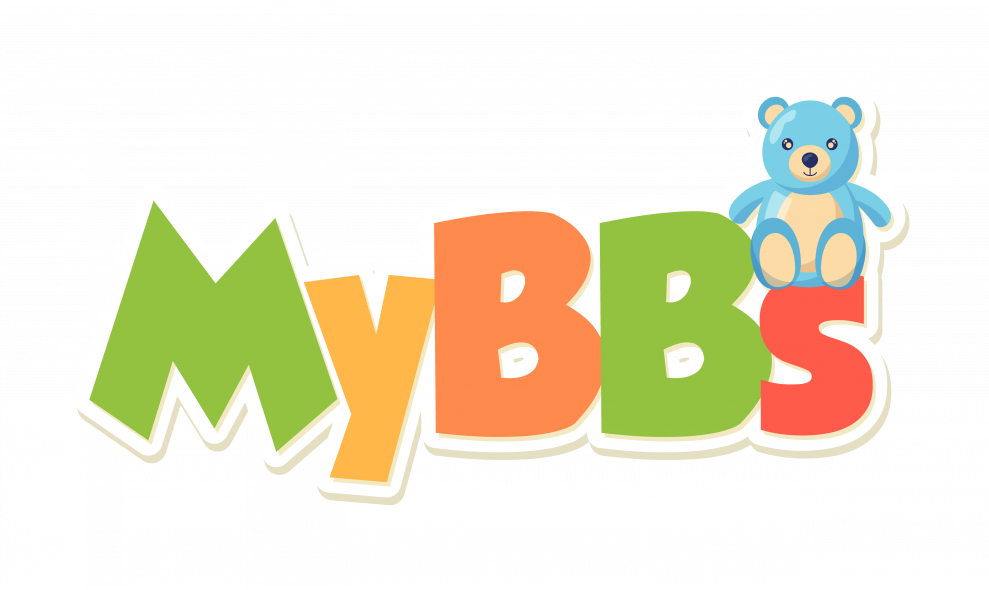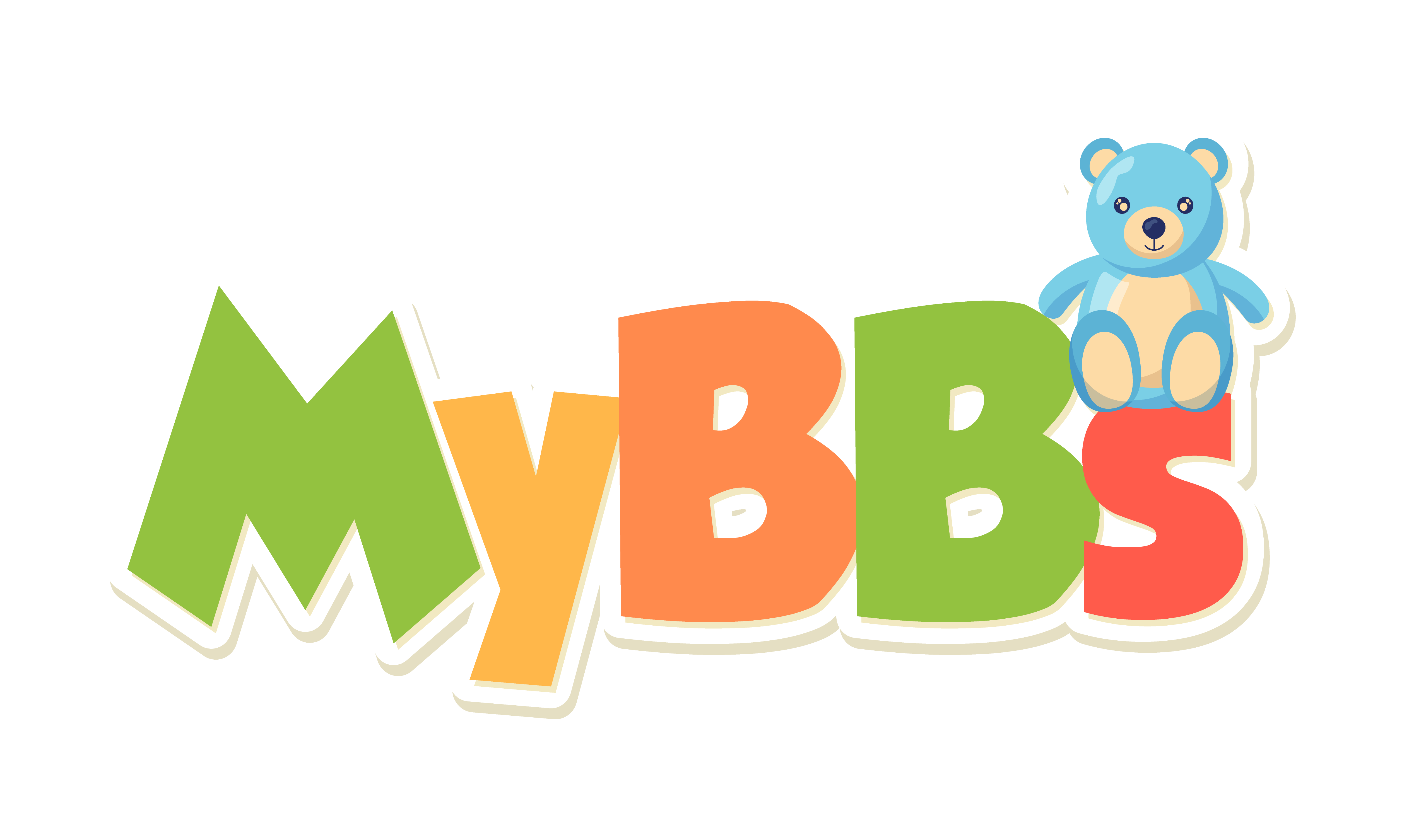All About Ty Beanie Babies
Beanie Baby Plush Material: Ty Beanie Babies Explained
Welcome to the fascinating world of Ty Beanie Babies, a realm filled with plush toys that have captured the hearts of millions around the globe. These adorable creatures, ranging from animals to mythical beings, are not just toys but collectibles that hold a special place in many people’s hearts. But what makes them so special? It’s their plush material that sets them apart from other toys. In this glossary entry, we’ll delve into the plush material that makes Ty Beanie Babies so unique and irresistible.
Since their introduction in the mid-1990s, Ty Beanie Babies have been a phenomenon in the toy industry. Their popularity has soared due to their unique design, high-quality materials, and the clever marketing strategies of Ty Inc. The plush material used in these toys is a key factor in their success, providing a soft, cuddly feel that appeals to both children and adults. So, let’s take a closer look at this plush material and understand why it’s so special.
The Basics of Plush Material
Plush is a textile with a cut nap or pile similar to furs, making it one of the softest and most comfortable materials for toys. The term comes from the French word ‘peluche’ which means ‘plush’ or ‘shaggy’. The plush material used in Ty Beanie Babies is known for its softness, durability, and ability to retain its shape even after years of play.
Plush material is made from synthetic fibers, usually polyester, which are woven into a fabric and then cut to create a pile. The length and density of the pile determine the softness and fluffiness of the plush. Ty Inc. uses high-quality plush material with a dense pile, making their Beanie Babies exceptionally soft and cuddly.
Types of Plush Material
There are different types of plush material, each with its own unique properties. The most common type used in Beanie Babies is standard plush, which is soft, durable, and affordable. It’s perfect for toys as it can withstand rough play and is easy to clean.
Another type of plush material is ultra-plush, which is even softer and fluffier than standard plush. It’s often used in premium Beanie Babies and gives them a luxurious feel. However, it’s more expensive and requires more care to maintain its softness and fluffiness.
Plush Material and Safety
When it comes to toys, safety is paramount. The plush material used in Beanie Babies is safe for children of all ages. It’s hypoallergenic, meaning it won’t cause allergic reactions, and it’s free from harmful chemicals. Additionally, the plush material is flame resistant, adding an extra layer of safety.
Moreover, the plush material is durable and can withstand rough play, reducing the risk of small parts coming loose and posing a choking hazard. Ty Inc. takes safety seriously and ensures that their Beanie Babies meet all safety standards.
The Making of a Beanie Baby
The process of making a Beanie Baby involves several steps, each carefully executed to ensure the final product is of the highest quality. The first step is designing the Beanie Baby, which involves sketching the design and choosing the colors and patterns for the plush material.
Once the design is finalized, the plush material is cut into the required shapes. These pieces are then sewn together to form the Beanie Baby. The seams are carefully stitched to ensure they are strong and durable. The Beanie Baby is then stuffed with plastic pellets, giving it its characteristic weight and flexibility.
Choosing the Plush Material
The plush material is chosen based on the design of the Beanie Baby. Different colors and patterns are used to bring the design to life. The plush material is also chosen based on its softness and durability. Ty Inc. uses only the highest quality plush material to ensure their Beanie Babies are soft, cuddly, and long-lasting.
Once the plush material is chosen, it’s cut into the required shapes using a pattern. The pattern ensures that all pieces are the same size and shape, ensuring consistency in the final product. The pieces are then ready to be sewn together.
Sewing and Stuffing
The pieces of plush material are sewn together using a strong thread. The seams are carefully stitched to ensure they are durable and can withstand rough play. The Beanie Baby is then turned inside out, revealing the plush exterior.
The Beanie Baby is then stuffed with plastic pellets. These pellets give the Beanie Baby its weight and flexibility, allowing it to be posed in different ways. The amount of stuffing used is carefully measured to ensure the Beanie Baby is not too heavy or too light.
Caring for Your Beanie Baby
Beanie Babies are made to be played with, but they also need to be cared for to ensure they last a long time. The plush material is easy to clean and maintain, making it ideal for toys. However, there are some tips you should follow to keep your Beanie Baby looking its best.
Firstly, avoid exposing your Beanie Baby to direct sunlight for extended periods as this can fade the plush material. Also, avoid getting your Beanie Baby wet as this can damage the stuffing. If your Beanie Baby does get dirty, clean it with a damp cloth and mild soap. Avoid using harsh chemicals as these can damage the plush material.
Storage Tips
When not in use, store your Beanie Baby in a cool, dry place. Avoid places with high humidity as this can cause mold and mildew to form on the plush material. Also, avoid storing your Beanie Baby in a place where it can get crushed as this can damage the stuffing and alter its shape.
It’s also a good idea to store your Beanie Baby in a protective case to keep it free from dust and dirt. This is especially important if you’re a collector and want to keep your Beanie Baby in mint condition.
Repairing Your Beanie Baby
If your Beanie Baby gets damaged, don’t despair. The plush material is easy to repair with a needle and thread. Simply sew up any tears or holes, making sure to match the thread color to the plush material. If the stuffing gets damaged, it can be replaced with new plastic pellets.
Remember, it’s important to repair any damage as soon as possible to prevent it from getting worse. And always handle your Beanie Baby with care to prevent damage in the first place.
Conclusion
Beanie Babies are more than just toys – they’re treasures that bring joy and comfort to people of all ages. The plush material used in these toys is what makes them so special. It’s soft, cuddly, durable, and safe, making Beanie Babies the perfect companions for children and adults alike.
Whether you’re a collector or just someone who loves cuddly toys, understanding the plush material used in Beanie Babies can enhance your appreciation for these adorable creatures. So next time you pick up a Beanie Baby, take a moment to appreciate the plush material and the craftsmanship that goes into making it.
Shop at MyBeanieBabies.com
Looking for the perfect Beanie Baby for yourself or as a gift? Look no further than MyBeanieBabies.com. We have a wide range of Ty Beanie Babies for every occasion. Whether you’re looking for a classic Beanie Baby or a limited edition, you’ll find it at MyBeanieBabies.com.
Not only do we offer a wide selection, but we also provide detailed information about each Beanie Baby, including the plush material used. This way, you can make an informed decision and choose the perfect Beanie Baby. So why wait? Start your Beanie Baby adventure today at MyBeanieBabies.com!
Embrace the charm and nostalgia of Ty Beanie Babies with a visit to MyBeanieBabies.com, the best place to buy toys online. Our collection is a treasure trove of the most beloved Beanie Babies, Beanie Boos, and Beanie Buddies, each waiting to spark joy and imagination in children and collectors alike. Beyond the plush wonders, discover our unique childcare items and toys that promise to give your child the best of memories. Don’t miss out on the opportunity to own a piece of this timeless tradition. Checkout our plush shop now and find the perfect companion for your little one or add to your cherished collection today!

